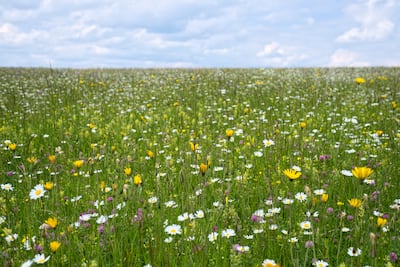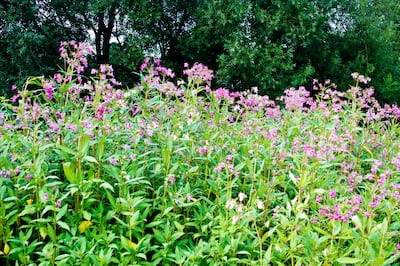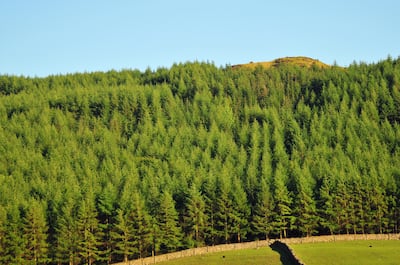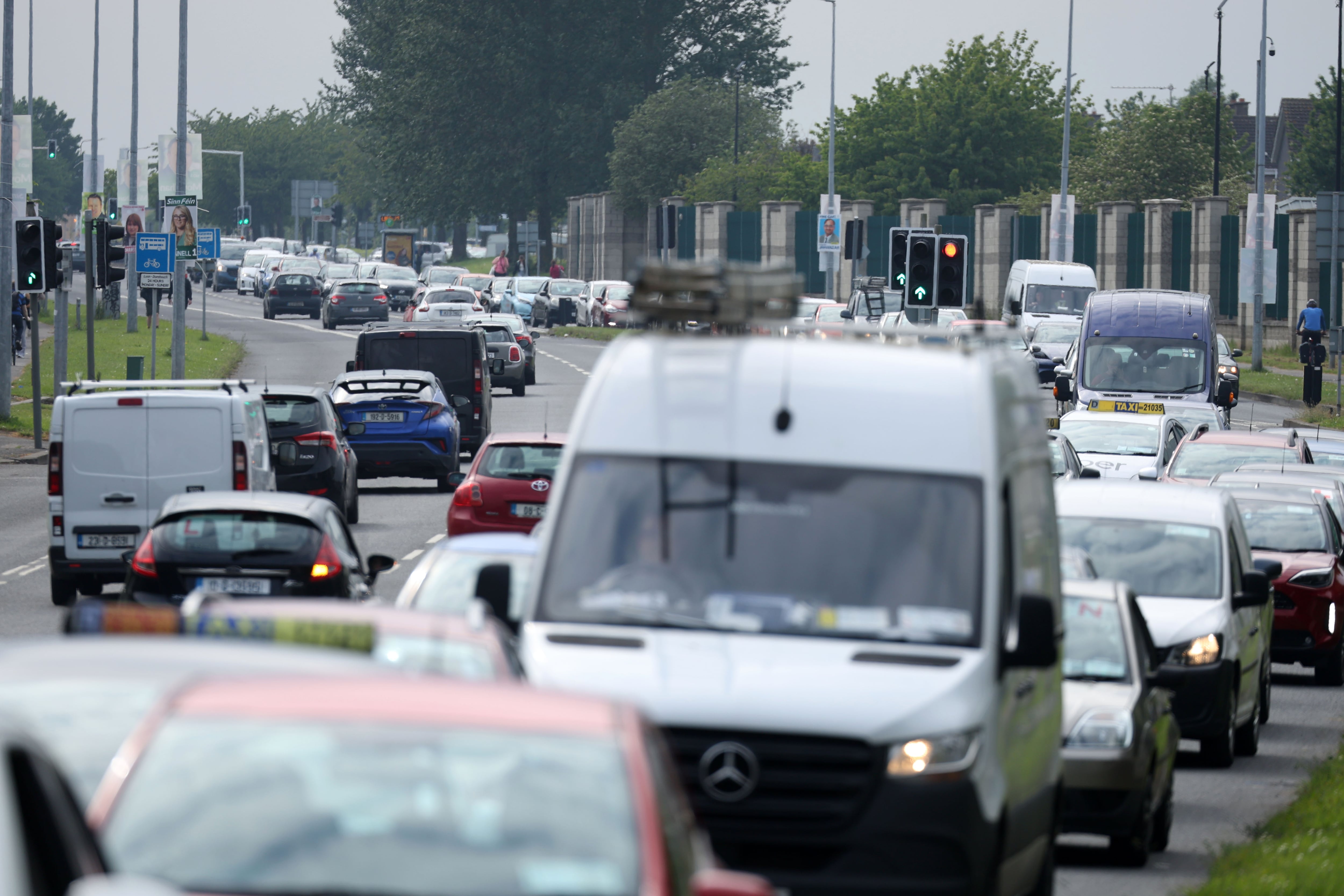The great thing about David Attenborough’s latest – his Wild Islands series starts on BBC on Sunday – is that it makes the familiar seem exotic. As the 20th-century English writer GK Chesterton pointed out, it sometimes takes a journey round the world for a man to see his own home as the thrilling thing it is. And what Sir David makes clear is that the natural world around Ireland and Britain is as exciting and worthy of protection as anything in far flung parts.
The same goes for the flora of these islands. Today the extraordinary achievement that is the Plant Atlas 2020 is launched at the National Botanic Gardens; the online version was accessible from Wednesday. It is a thrilling production. A remarkable 2,500 botanists in Ireland have worked over the last two decades to create the most in-depth survey ever of the state of wild and naturalised plants. No fewer than 1,939 species are recorded in Ireland, of which 952 are native and 97 are long-established incomers.
Catch them while you can. For while the atlas reveals the extraordinary richness and diversity of plants in these islands, it also shows the extent to which they have declined in our lifetimes because of our bad environmental habits. Over half, or 56 per cent, of native species are diminishing and fewer than a third are increasing (let’s hear it for the native bluebell). By contrast, the newcomers, species introduced relatively recently, show a remarkable increase.
[ ‘Devastating loss’ of Irish plant life revealed in 20-year studyOpens in new window ]
And what wonderful things they are, these fragile native species. Agrimony, field gentian, mugwort, Bogbean. Some of the most endangered are native grasses, often replaced by pervasive rye. It’s the habitat of these threatened species that’s decreasing, chiefly as a result of changes in farming but not forgetting housebuilding. .
READ MORE

Native grassland species thrive on relatively poor soil. Cattle and sheep are not themselves a problem (sorry, vegans) and are in fact part of an interdependent ecosystem, so long as the numbers and stocking density aren’t excessive. Native species positively thrived in the old system of late cutting of grassland from mid to late summer. But these things have declined in the name of agricultural improvement. Nitrogen fertiliser became more widely used and this isn’t just disastrous for plants that thrive on poor soils; the runoff into rivers kills many species. I am implicated in that trend; my mother worked in the factory producing the stuff in Arklow.

The move from sweet hay to silage and slurry – my own pet hate – has also been catastrophic. For one thing, it means grass is cut relatively early in the season, so species have less opportunity to seed; for another, those black bales look vile and smell horrid. I mean, Monet wouldn’t have painted a silage bale.
The bad news is that you can’t reverse all this by throwing a few handfuls of wild meadow seed mixes at your front lawn. Lots of these aren’t native to their place; most are annuals and so not meadow plants; few support insects through their life cyles.

Wetlands and bogs are threatened too, and with them the vast numbers of plants they support. If you drain bogs or wetland and convert them to agriculture or, increasingly, housing construction, then you lose the many species that depended on that habitat. And if we’re talking peat bogs, we’re talking about carbon storage, which we’ve all taken on board as a factor in addressing climate change.
But if native species need protection, some of the newcomers need to be kept down. I only encountered the Himalayan Balsam last year on a walk by the Avoca river and very pretty it looks, with pink flowers. But its very pervasiveness should have sounded a warning; its fruits explode, sending seeds over a distance, which is why it is colonising so many riverbanks. If your local council isn’t eradicating these plants, it should be. And then there’s the Sitka Spruce, which you may encounter in neat dark blocks on hillsides; if you walk there, you’ll notice that not much grows underneath. Since the 1950s it has become the most widely planted commercial species in Ireland, including on the peaty soils in the west that we should be protecting. As the report gloomily observes, “Sitka plantations have long been controversial, among other things because they suppress biodiversity and lead to carbon release from peat soils. To those ills, we can now add their invasive tendency.” So, how about growing native broadleafs instead?

The solutions are as obvious as they are hard. Fertilise less, stock less, drain less, build less, more judiciously. Replace silage with hay. Plant native trees, but not on peatland. And as Dr Micheline Sheehy Skeffington, president of the Botanical Society of Britain and Ireland, observed: “Conservation of EU-protected areas requires working with the land-owners, and here funding should be more forthcoming, since the farmers, as their custodians, know best how to manage them to maximise biodiversity – if given the authority to do so, as was the case in the Burren. There is need for work to enhance and restore hay meadows, but agricultural schemes such as Acres (the Government’s €1.5 billion agri-environmental project) seem increasingly to be reverting to a “one size fits all” approach, which is highly inappropriate”.
If we’re not careful, the Plant Atlas 2020 will be a record of what we’ve lost, not a celebration of what we’ve got. It shouldn’t happen on our watch.
Melanie McDonagh is an Irish journalist working in London












